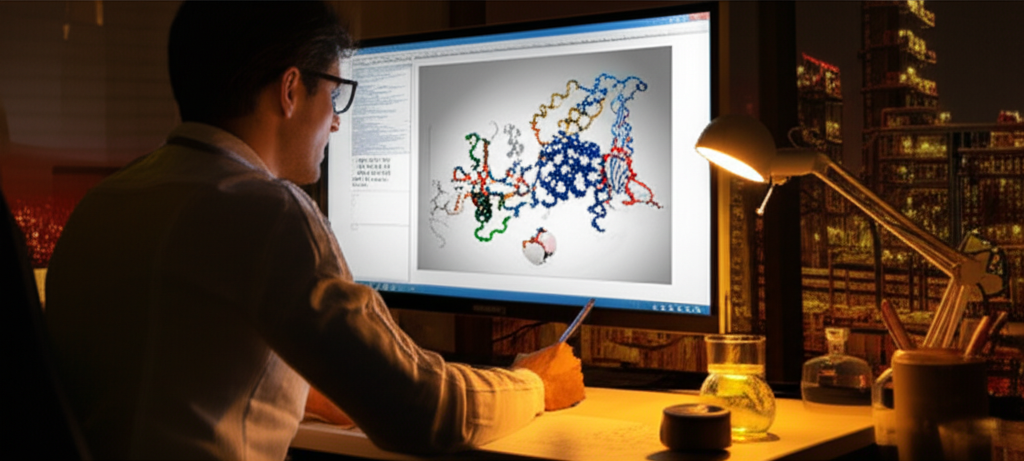Sulfanilamide, identified by its CAS No. 63-74-1, stands as a landmark compound in the history of medicine and remains a vital chemical intermediate today. This versatile organic compound, also known by synonyms such as p-Aminobenzenesulfonamide, Sulfonylamide, and Sulphonamide, holds significant historical importance as one of the very first systematically used antibacterial agents. Its enduring relevance is a testament to its unique chemical properties and diverse applications across various industries.

Chemically, Sulfanilamide has the molecular formula C6H8N2O2S and a molecular weight of 172.21 g/mol. It typically presents as a white to faintly beige or light gray powder. Our product ensures a minimum purity of 97%, meeting stringent quality standards for critical applications. Key physical properties include a melting point ranging from 163-168°C, and it is soluble in both water and alcohol, facilitating its integration into various formulations and synthetic processes. These well-defined characteristics make Sulfanilamide a reliable and consistent raw material for manufacturers worldwide.
The story of Sulfanilamide began in the early 1930s with German bacteriologist Gerhard Domagk, who observed the antibacterial effects of the red dye Prontosil. It was later discovered by French researchers that Sulfanilamide was the active component metabolized from Prontosil. By the 1940s, it had become a revolutionary "miracle drug," widely used to combat bacterial infections, particularly during World War II, where it was a standard in first-aid kits for treating open wounds and fighting intestinal infections. This marked a pivotal moment in medicine, significantly reducing mortality rates from infectious diseases before the widespread availability of penicillin. Although less common as a first-line antibiotic today due to the rise of bacterial resistance and the development of more effective and safer antibiotics, its historical impact is undeniable.
The primary mechanism of action for Sulfanilamide and other sulfonamides is their bacteriostatic effect, meaning they inhibit the growth and multiplication of bacteria rather than directly killing them. This is achieved by interfering with the bacterial synthesis of folic acid (folate), a crucial B vitamin required for the synthesis of nucleotides, the building blocks of DNA and RNA. Sulfanilamide structurally mimics para-aminobenzoic acid (PABA), a precursor in bacterial folic acid synthesis. By competitively binding to the enzyme dihydropteroate synthase, it prevents PABA from being incorporated, thereby disrupting the entire folate synthesis pathway. Humans, unlike bacteria, obtain folic acid from their diet, which explains the selective toxicity of sulfonamides to bacterial cells.
Today, while its role as a broad-spectrum antibiotic has diminished, Sulfanilamide continues to be employed in specific therapeutic contexts. It is still used to treat certain urinary tract infections and to prevent infections of burns. Furthermore, its derivatives find application in the treatment of various conditions, including some forms of malaria, vaginal infections (as a topical cream), and even certain types of eye infections. Its unique properties also make it valuable beyond direct therapeutic use.
Beyond its medicinal applications, Sulfanilamide is highly valued as a key pharmaceutical intermediate and agrochemical intermediate. Its distinctive chemical structure, featuring the sulfanilamide molecular moiety, makes it an essential building block in the synthesis of a wide range of organic compounds. Industries rely on its purity and consistent quality for the development of new drugs, crop protection agents, and other specialized chemicals. For those looking to buy Sulfanilamide (CAS 63-74-1), seeking a reliable Sulfanilamide manufacturer, or a trusted Sulfanilamide supplier, it is crucial to partner with companies committed to high-quality production and robust supply chains. When considering the Sulfanilamide price, attention should always be paid to the purity and technical specifications to ensure the best value for your purchase requirements. Our commitment is to provide premium quality Sulfanilamide to meet your industrial and research needs, ensuring excellent performance in your downstream processes.
Manufacturing Facilities






Professional Export Experience
to Global Customers

1. 20 years of R&D, manufacturing and sales experience, serving customers in 60 countries and regions around the world;
2. Own R&D laboratory, pilot platform and large-scale production workshop, which can meet the audit requirements of global customers;
3. We can satisfy customers' perfect transition from small scale lab requirements (gram level) to commercialization requirements (hundred tons level).
A: We don't have Minimum Order Quantity, exact quantity should be provided before quotation for us to calculate the exact cost.
A: We don't provide free samples due to lots of request and expensive international courier's cost, we can deduct the sample charge after commercial order placed.
A: Our payment terms: Small or sample order: T/T IN ADVANCE. Commercial order: First order should be by T/T IN ADVANCE or L/C at sight, and following orders T/T 30~90days is acceptable subject to approval of credit application.